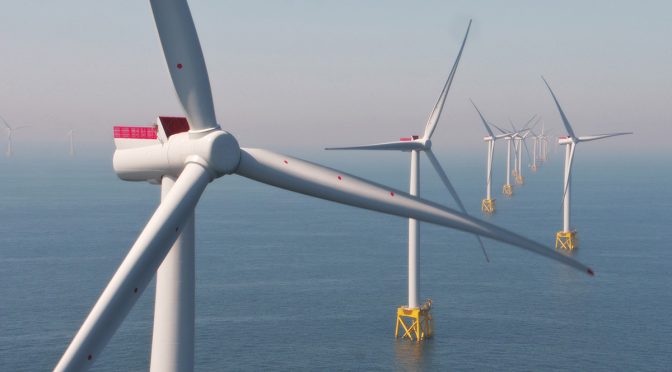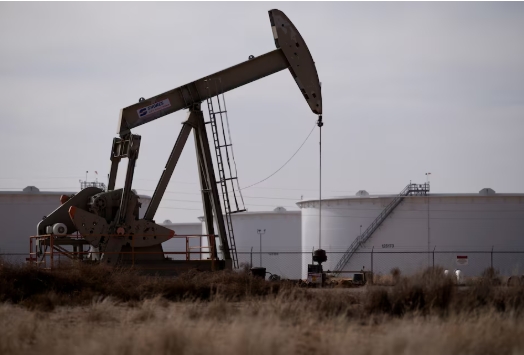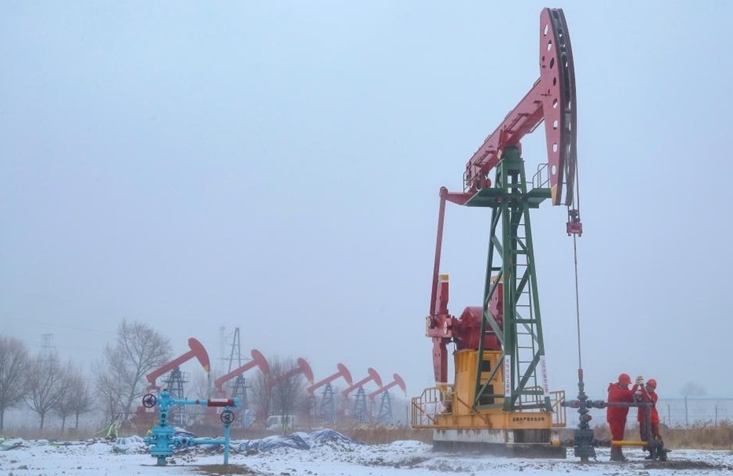
“They expect around 10 gigawatts even though they don’t talk volumes, but 10 gigawatts to pass next summer. That’s a lot of volume into the system,” Helen Bistroem said at Vattenfall’s capital markets day in Stockholm.
Britain is already the world’s second-largest offshore wind market after China, and seeks to ramp up its capacity to 50 gigawatts (GW) by 2030 from around 14 GW now, to help meet its climate targets and boost energy security.
However, its targets have come under threat after a September auction saw no bids from offshore wind developers, who argued the price offered by the government did not reflect rising industry costs.
Advertisement · Scroll to continue
In response, the government announced it will increase the price offered in its next renewables auction by 66%, with offshore wind projects to be offered a strike price of 73 pounds ($90.61) per megawatt hour (MWh).
The hike also comes after Vattenfall paused the development of its British 1.4 GW Norfolk Boreas offshore wind project citing a mismatch between rising costs and the electricity sales prices it agreed to in the UK’s fourth renewable auction.
The decision to pause development of the project had been a tough one, Bistroem said but added it was positively received by peers and suppliers, and prompted the British government to change its thinking on funding offshore wind.
“We have been in really close dialogue, positive dialogue with the government since early summer because of this,” Bistroem said.
The company is still considering a potential re-bid for Boreas, but after defaulting from its current contract, it would not be eligible in the next auction, but the one after that, she added.
The other two Norfolk Cluster projects were eligible for next year’s round, but Vattenfall has not yet decided on whether to enter, Bistroem said on the sidelines of the event.







